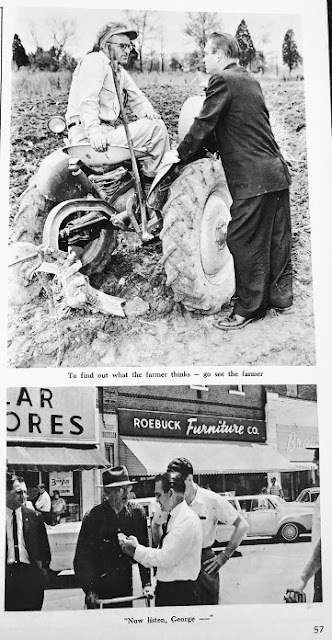These ships were built of a combination of steel and ferrocement, or reinforced concrete. Several were built by the U.S. in World War I due to steel shortages. The war ended before any were used, but such ships and barges were built and deployed by the U.S. and Great Britain during World War II. The U.S. alone built 104 of the vessels. The concrete boat actually dates to 1848 in France; vessels with concrete hulls have been launched even in recent years. A website dedicated to the history of these vessels is here.
The largest of the twelve concrete ships constructed by the U.S. during the First World War was the S.S. Selma and its twin the S.S. Latham. These ships were not entirely concrete, of course, only the hulls. The S.S. Selma weighed 7500 tons, was 434 feet in length, and could make about 12 miles per hour.
F.F. Ley and Company built the S.S. Selma in Mobile, and she was launched on June 28, 1919. That same day the Treaty of Versailles was signed, long after hostilities had ended in November 1918. Since the government no longer needed her, she was sold to a private company and began working several ports along the Gulf Coast as an oil tanker.
In May 1920 she struck a jetty in Tampico, Mexico; the accident put a long gash in the hull. Temporary repairs allowed the shipped to be towed to Galveston, but no permanent repairs could be made. The owners then partially sank her near Pelican Island in a specially dug channel on March 9, 1922. The wreck has been visible ever since and has become a tourist attraction.
A recent article from the Associated Press describes the current status and probable future of the SS Selma. The wreck has been a state archaeological landmark since 1993 and is listed in the National Register of Historic Places, but the president of the corporation that owns her noted rapid deterioration and the possibility she could be under water in fifteen years. That would be a sad fate indeed for a vessel just now reaching 100 years after launch.
An appreciation of the SS Selma by Richard W. Steiger can be found here. A web site devoted to all the concrete ships of World Wars I and II is here. More about the SS Selma can be found in Dorothy Anne Rowland's 2018 thesis, "The History of Galveston's Concrete Ships" [Texas A&M University, PDF file].
You can find a gallery of photos of the wreck here.
Source: Shipwreck World
Source: Wikipedia








































